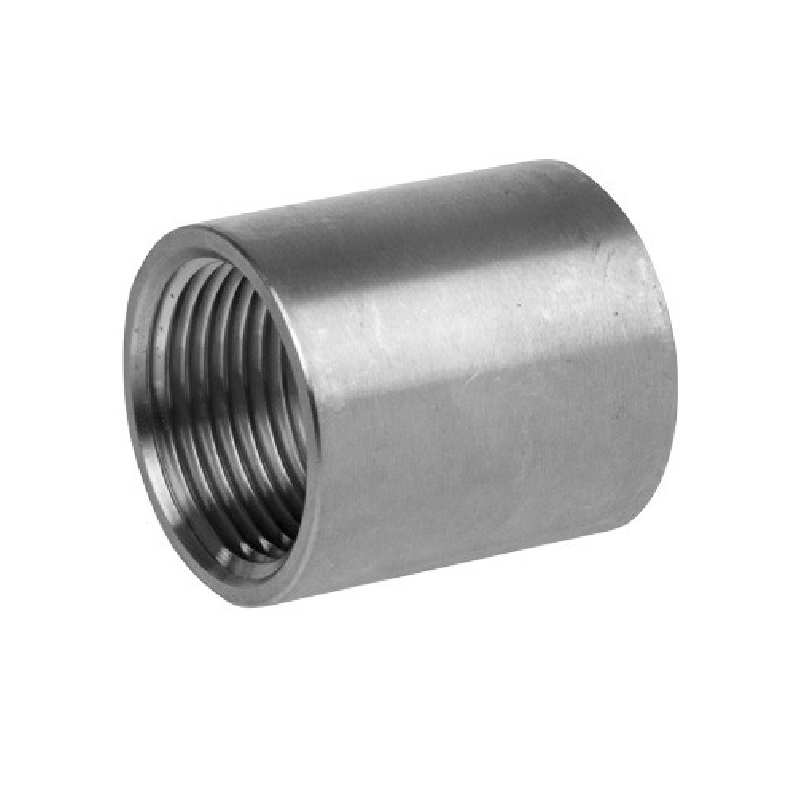-
Cangzhou Yulong Steel Co., Ltd.
-
Phone:
+86 13303177267 -
Email:
admin@ylsteelfittings.com
- English
- Arabic
- Italian
- Spanish
- Portuguese
- German
- kazakh
- Persian
- Greek
- French
- Russian
- Polish
- Thai
- Indonesian
- Vietnamese
- Zulu
- Korean
- Uzbek
- Hindi
- Serbian
- Malay
- Ukrainian
- Gujarati
- Haitian Creole
- hausa
- hawaiian
- Hebrew
- Miao
- Hungarian
- Icelandic
- igbo
- irish
- Japanese
- Javanese
- Kannada
- Khmer
- Rwandese
- Afrikaans
- Albanian
- Amharic
- Armenian
- Azerbaijani
- Basque
- Belarusian
- Bengali
- Bosnian
- Bulgarian
- Catalan
- Cebuano
- China
- China (Taiwan)
- Corsican
- Croatian
- Czech
- Danish
- Esperanto
- Estonian
- Finnish
- Frisian
- Galician
- Georgian
- Kurdish
- Kyrgyz
- Lao
- Latin
- Latvian
- Lithuanian
- Luxembourgish
- Macedonian
- Malgashi
- Malayalam
- Maltese
- Maori
- Marathi
- Mongolian
- Myanmar
- Nepali
- Norwegian
- Norwegian
- Occitan
- Pashto
- Dutch
- Punjabi
- Romanian
- Samoan
- Scottish Gaelic
- Sesotho
- Shona
- Sindhi
- Sinhala
- Slovak
- Slovenian
- Somali
- Sundanese
- Swahili
- Swedish
- Tagalog
- Tajik
- Tamil
- Tatar
- Telugu
- Turkish
- Turkmen
- Urdu
- Uighur
- Welsh
- Bantu
- Yiddish
- Yoruba

Sep . 10, 2024 02:53 Back to list
steel threaded pipe fittings
Understanding Steel Threaded Pipe Fittings
Steel threaded pipe fittings are essential components in piping systems, widely used in various industries such as oil and gas, construction, and plumbing. These fittings are designed to connect, control, and direct the flow of fluids and gases through pipes. Their robustness and durability make them particularly suited for high-pressure applications.
Types of Steel Threaded Pipe Fittings
There are several types of steel threaded pipe fittings, each serving a specific purpose. The most common types include
1. Elbows These fittings are used to change the direction of the piping system, usually at a 90-degree or 45-degree angle. Elbows can be either short radius or long radius, depending on the application requirements.
2. Tees A tee fitting allows for the splitting of a pipeline into two directions. It comes in various configurations, including equal tees (which have the same diameter on all three ends) and reducing tees (which have one side with a smaller diameter).
3. Couplings Couplings are used to connect two sections of pipe. They can be full couplings, which connect two pipes of the same diameter, or half couplings, which connect a pipe to a larger one.
4. Caps Caps are used to seal the end of a pipe. They are essential for closing off lines that are not in use and preventing leakage.
5. Bushings These fittings are used to connect pipes of different diameters. Bushings can reduce a pipe size from large to small or vice versa.
steel threaded pipe fittings

Materials and Coatings
Steel threaded pipe fittings are typically made from carbon steel, stainless steel, or alloy steel. The choice of material depends on several factors, including the environment, temperature, and pressure they will encounter. For instance, carbon steel is commonly used for its strength and cost-effectiveness, while stainless steel is ideal for corrosive environments due to its resistance to rust and oxidation.
Additionally, many steel fittings undergo various coatings for enhanced protection
. Common coatings include- Galvanization A process where a layer of zinc is applied to steel to prevent rust, making fittings suitable for outdoor applications. - Epoxy Coating Provides a barrier to moisture and chemicals, extending the lifespan of the fittings in harsh conditions.
Importance of Quality and Standards
When selecting steel threaded pipe fittings, it is crucial to consider the quality and compliance with industry standards. Different organizations, such as the American Society for Testing and Materials (ASTM) and the International Organization for Standardization (ISO), set guidelines that ensure the safety and reliability of pipe fittings. Using fittings that meet these standards can prevent failures, leaks, and potential hazards in piping systems.
Installation and Maintenance
Proper installation of steel threaded pipe fittings is essential for optimal performance. It often requires precise threading and handling to ensure a tight seal and to avoid damage. Moreover, regular inspection and maintenance are critical, especially in high-stress environments, to identify signs of wear and corrosion early on.
In conclusion, steel threaded pipe fittings are vital in the construction and maintenance of efficient piping systems across multiple industries. Their variety, durability, and adaptability make them preferred choices for engineers and contractors. Understanding the types, materials, and maintenance of these fittings can significantly impact the longevity and functionality of piping systems.
Latest news
-
ANSI 150P SS304 SO FLANGE
NewsFeb.14,2025
-
ASTM A333GR6 STEEL PIPE
NewsJan.20,2025
-
ANSI B16.5 WELDING NECK FLANGE
NewsJan.15,2026
-
ANSI B16.5 SLIP-ON FLANGE
NewsApr.19,2024
-
SABS 1123 FLANGE
NewsJan.15,2025
-
DIN86044 PLATE FLANGE
NewsApr.19,2024
-
DIN2527 BLIND FLANGE
NewsApr.12,2024
-
JIS B2311 Butt-Welding Fittings LR/SR 45°/90° /180°Seamless/Weld
NewsApr.23,2024











